| |
Galeria de Hans Ollermann
Deir el-Medina.
2008_0610_160957AA Egyptian Museum, Turin--
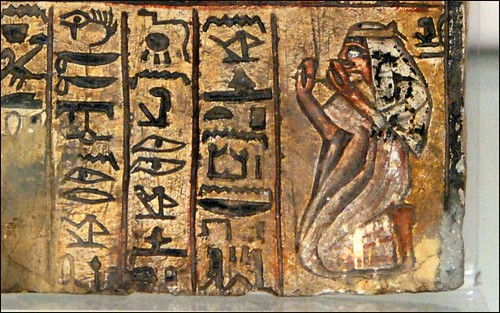
Stele of Ahmose Nefertari.
Detail.
The inhabitants of Deir el-Medina venerated the Queen by dedicating statuettes, votive stelae and food offerings.
Limestone.
Deir el-Medina.
Dynasty XVIII-XX (1550-1070 B.C.
Egyptian Museum, Turin.
2008_0610_160957AA Egyptian Museum, Turin-
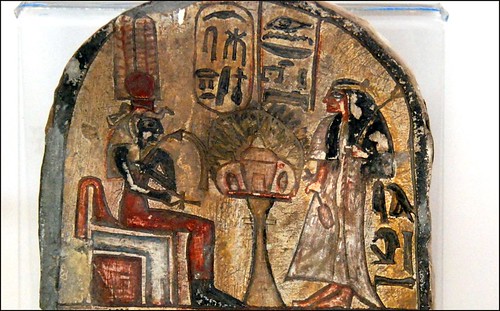
Stele of Ahmose Nefertari.
Detail.
The inhabitants of Deir el-Medina venerated the Queen by dedicating statuettes, votive stelae and food offerings.
Limestone.
Deir el-Medina.
Dynasty XVIII-XX (1550-1070 B.C.
Egyptian Museum, Turin.
2008_0610_161127AA Egyptian Museum, Turin
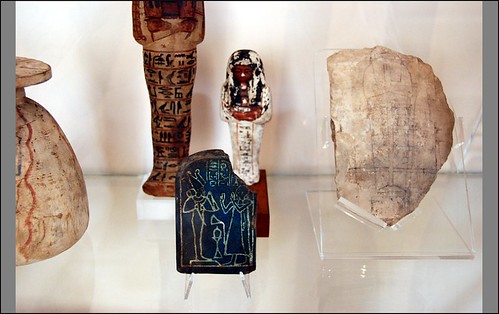
Stele and ostracon with funeral scenes.
To ensure a happy life in the Afterworld it was nescessary to have a beautiful burial and to pass the judgement of the god of the dead, Osiris.
Basalt, limestone .
Deir el-Medina.
Dynasty XVIII-XX (1550-1070 B.C).. Egyptian Museum, Turin.
2008_0610_161200AA Egyptian Museum, Turin
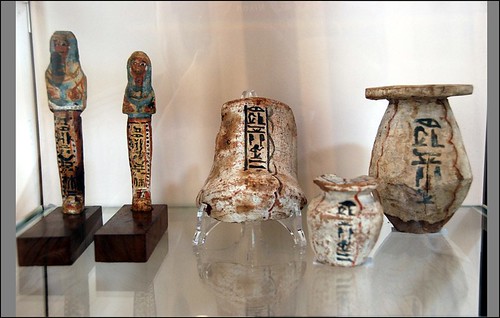
Shabti of the painter Wepuawtmes.
Deir el-Medina.
Dynasty XIX (1292-1186 B.C).. Egyptian Museum, Turin.
2008_0610_160709AA Egyptian Museum, Turin
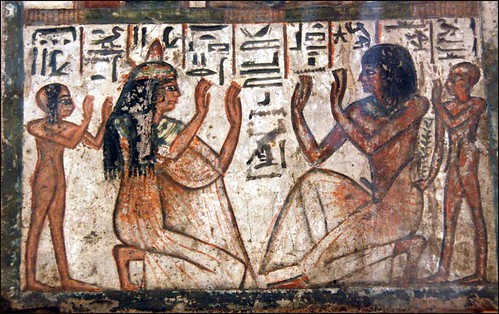
Round-topped stele of Pendua and his wife Tyr.
The couple wear clothes and hairstyles of the period, while their children are naked as reference to their young age.
Limestone.
Deir el-Medina.
Dynasty XIX (1292-1186 B.C.)
Egyptian Museum, Turin.
2008_0610_161103AA Egyptian Museum, Turin
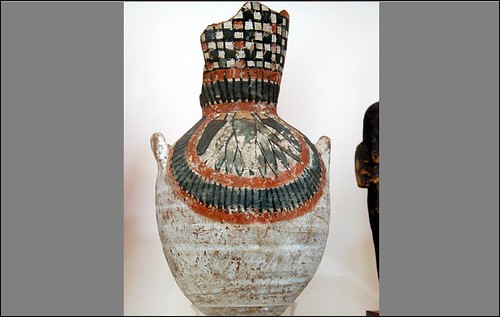
Vessel with a floral decoration.
Clay.
Deir el-Medina.
Dynasty XIX (1292-1186 B.C.)
Egyptian Museum, Turin.
2008_0610_160700AA Egyptian Museum, Turin
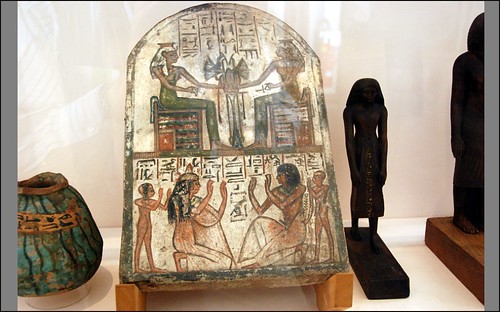
Round-topped stele of Pendua and his wife Tyr.
The couple wear clothes and hairstyles of the period, while their children are naked as reference to their young age.
Limestone.
Deir el-Medina.
Dynasty XIX (1292-1186 B.C.)
Egyptian Museum, Turin.
Hola a todos los AE's:
Envío adjunto el artículo completo de JAMA gentileza de Javier Uriach:
Ancestry and Pathology in King Tutankhamun's Family Zahi Hawass; Yehia Z. Gad; Somaia Ismail; et al. JAMA. 2010;303(7):638-647 (doi:10.1001/jama.2010.121)

No se ha detectado ninguna amenaza de virus
Archivo: JAMA 2010 Feb 17th.pdf Descargar archivoUn saludo
Víctor Rivas
Coordinador General de AE
egiptologia@egiptologia.com
"Amigos de la Egiptología"
http://www.egiptologia.com
Lista de distribución de AE
amigosegiptologia@listserv.rediris.es
##########################################
RSS Feed de Amigos de la Egiptología
http://www.egiptologia.com/index.php?format=feed&TYPE=rss
##########################################
Noticias y Actualidad Egiptológica
http://www.egiptologia.com/noticias.html
Recomendamos: Sociedad Catalana de Egiptología
http://www.egiptologia.com/societat-catalana-de-egiptologia.html
--------------------------------------------------------------
LISTA DE DISTRIBUCIÓN DE AMIGOS DE LA EGIPTOLOGÍA - AE
Gestión Altas-Bajas y consulta mensajes enviados:
http://www.egiptologia.com/lista-de-distribucion.html
Moderador: Víctor Rivas egiptologia@egiptologia.com
Amigos de la Egiptología: http://www.egiptologia.com
Los mensajes de Amigos de la Egiptología son distribuidos gracias al apoyo y colaboración técnica de RedIRIS Red Académica Española - http://www.rediris.es


No hay comentarios:
Publicar un comentario